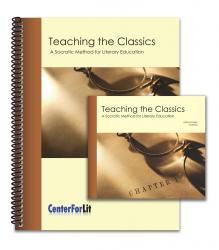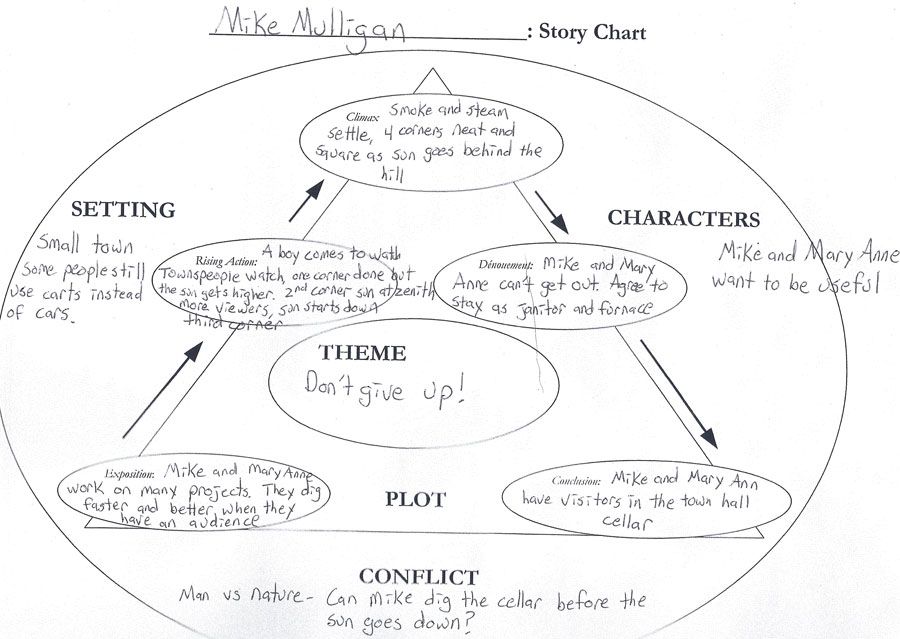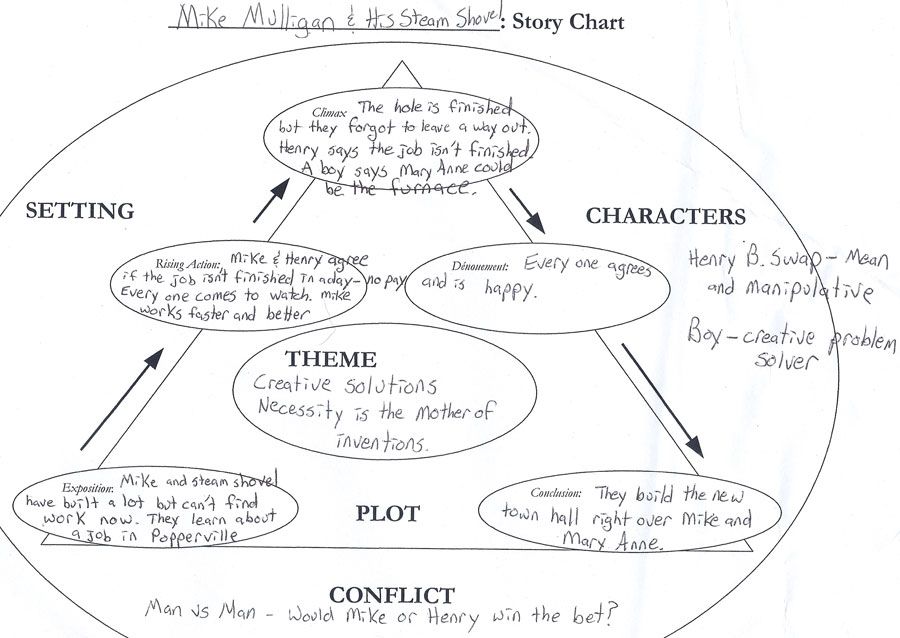
I was first introduced to the Institute for Excellence in Writing (henceforth referred to as IEW) with a review of their Teaching Writing with Structure and Style program two years ago. I knew how to write but didn’t have the first clue with how to teach my son to craft a good paragraph. I was so pleased with TWSS and the Student Writing Intensive program that EIW was become my go-to language arts source. We’re using their recommended spelling curriculum and next year we’ll be using their Fix-It Grammar text. Still, I was surprised when I was offered the chance to review Teaching the Classics. It seems the writing company was expanding to a second “R” –Reading.
I received a spiral bound workbook and 4 DVD’s of Adam Andrews teaching a Socratic Method for Literary Education. Note: there are no closed captions available on the DVD’s. To be clear, this program is designed to be watched and read by the parent/teacher who will then turn around and use it with her children/students. The great thing is the students can be any age—in fact, it’s probably easier to teach kids to recognize plots and themes with children’s literature than War and Peace. The examples in the DVD workshop include The Tale of Peter Rabbit, Rikki-Tikki-Tavi and Tom Sawyer.
My Schnickelfritz just began reading for his own enjoyment in the last 18 months. Left to his own tastes he would never get beyond the Hank the Cowdog series Here’s how our conversations went when he finished a book.
Mama: So, did you like the book?
Schnickelfritz: Yeah, it was good.
Mama: What did you like about it?
Fritz: It was funny.
Mama: In what way was it funny to you?
Fritz: I don’t know, it made me laugh.
Mama: Can you give me a specific instance where you laughed?
Fritz: No. Can I go to my room now?
This past year I began assigning other types of books to expand his exposure to other genres and to tie in with our history lessons. In this case I was less concerned with whether he liked the book or not, I wanted to know what he’d gotten out of the reading. My question changed to “What did you read today?” and he’d respond with a synopsis of the chapter he’d completed. It still wasn’t much of a conversation, really just an exercise in memory. Once again I was struggling as the teacher how to teach my son—in this case, how to glean information from the words on the page.
That’s where Teaching the Classics comes in with two special tools, a Story Chart and the Socratic List of questions.The story chart is a visual organizer for the student to fill in the five basic elements in all stories: conflict, plot, setting, characters, and theme. The Socratic List has 21 general questions, each broken further down into 5-10 more specific questions about the elements and author. The sub-questions are arranged from least to more difficult following the classical education stages of grammar, logic and rhetoric. You’re not expected to answer all the questions with every book, just pick our 3-5 for discussion. To really delve into the questions correctly, you as the teacher should have already read the book and have several examples from the pages to back up your answers.
Here are story charts from our reading of Mike Mulligan and His Steam Shovel (this is way below my son’s reading level but I chose it for that reason so we could focus on the plot). I filled one chart out as I planned our book discussion and filled out the other based on my son’s answers (he was intimidated by the small ovals to write in)—can you guess which is which?


One of us thought the conflict was man vs. man with the question being “Would Mike or Henry win the bet?” The other of use thought the conflict was man vs. nature. Put in question form: “Would Mike finish the basement before the sun went down.” Notice how this shifts the climax of the story. (By the way, mine was the bottom story chart).
We’ve also been able to have some meaningful conversations about other books and actually expanded our analysis to compare and contrast settings and characters. Our fun summer reading has been the Great Brain series set in Utah in the 1890’s, but then we received Badge of Honor for an upcoming review and it’s set in California in the 1860’s. In the grand scheme of history and geography, that puts these two books in roughly the same setting and the main characters of both are adolescent boys. Yet when we studied the towns and boys we found some key differences. Fritz noticed that the gold town was smaller yet had more saloons than the Utah town. This led to a discussion about the Mormons in Utah and their stand against alcohol. Better still, he commented that while both boys had a desire to strike it rich, Jem in California was working several jobs to earn money while the Great Brain was satisfied to swindle his friends for their money and property. Now these were the kind of conversations I dreamed of when I began the homeschooling journey! I’m looking forward to the upcoming year as we read Sign of the Beaver and Johnny Tremain. Swinging to the far opposite side, my mother is also interested in watching the DVD’s so she can discuss an allegorical book she’s found fascinating but is having trouble putting her thoughts into words.
Teaching the Classics retails for $89 and you may preview the lesson plans and a sample on the IEW website. You may also visit the Andrew’s website CenterForLit to download blank story charts, a curriculum guide (titles that work well with Teaching the Classics), and a suggested reading list.



2 comments:
Good idea using a book that is below their level to make sure they get what's being taught!! Thanks for sharing... I will definitely be putting that idea to use!
Thanks for suggesting this. I can definitely see how it would hold the boys accountable.
Post a Comment